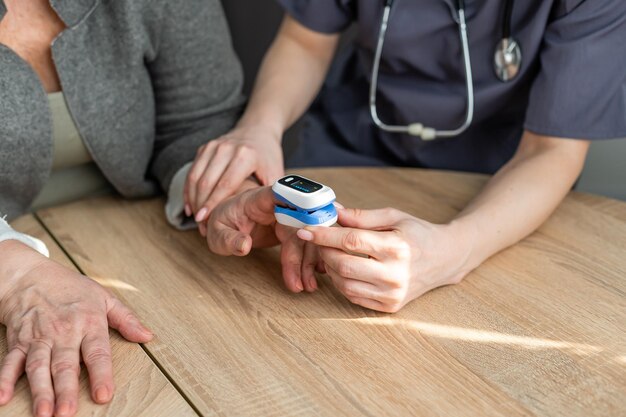Is Medicare Covering Continuous Glucose Monitors? Here’s What You Need to Know
For many people living with diabetes, managing blood glucose levels is a critical part of daily life. Continuous Glucose Monitors (CGMs) have become an invaluable tool for maintaining this balance, allowing users to track their glucose levels in real time. But when it comes to the cost, questions often arise, particularly about whether Medicare will cover these devices.
Understanding Medicare Coverage for CGMs
Medicare indeed covers Continuous Glucose Monitors for eligible beneficiaries. Coverage for CGMs under Medicare is primarily available through Medicare Part B, which encompasses durable medical equipment. However, certain criteria must be met for eligibility:
- Diabetes Diagnosis: The individual must be diagnosed with diabetes.
- Insulin Therapy: Coverage typically applies to those who are using multiple daily administrations of insulin or an insulin pump.
- Doctor’s Recommendation: A physician must prescribe the CGM and showcase its necessity for managing the patient's diabetes.
- Regular Monitoring: The patient must also perform regular glucose checks.
Medicare’s approval of CGMs is a big win for diabetics, allowing them to significantly improve their control over their glucose levels without the typical hassle and pain of frequent finger sticks.
Additional Financial Assistance Options
Once approved, Medicare may cover a portion of the costs related to the CGM, including the device itself and the necessary supplies. However, beneficiaries are usually responsible for 20% of the Medicare-approved amount, with the Part B deductible applying.
For those finding the residual costs burdensome, it might be worthwhile to look into other financial support options:
- Medicaid: Additional coverage may be available through Medicaid for those eligible, which can help lower the costs further.
- State Assistance Programs: Many states offer programs specifically designed to aid those with diabetes. Checking with your local health department can unveil options in your area.
- Pharmaceutical Assistance Programs: Some insulin and CGM manufacturers have programs to assist with the cost of devices and supplies, often based on financial need.
- Non-Profit Organizations: Groups like the American Diabetes Association or the Diabetes Research Institute may offer resources or guidance on financial assistance.
Exploring Broader Financial Support Tools
Beyond medical expenses, it's also prudent to consider how other financial tools and aids can provide comprehensive support:
- Government Aid Programs: Initiatives like the Low Income Home Energy Assistance Program (LIHEAP) can help reduce overall household expenses, freeing up more funds for medical costs.
- Financial Assistance Tools: For those struggling with overwhelming debt, credit counseling, debt management plans, or even debt consolidation could bring much-needed relief.
- Educational and Housing Grants: Platforms focusing on educational grants may offer scholarships that reduce educational expenses, similarly releasing capital to be redirected for health needs. Housing assistance programs can feature aid with mortgages or rent, contributing to financial alleviation.
- Credit Card Solutions: Leveraging credit with care can also bolster financial stability, particularly reward programs that offer cashback or other incentives on medical purchases.
Navigating the complexity of Medicare coverage and additional financial strategies can seem daunting, but the available resources provide a comprehensive scaffold for managing the expenses tied to diabetes care. By tapping into these diverse options, individuals can push towards a financially secure path, while effectively managing their health.
Financial Assistance & Support Options 💸
- Medicaid: Provides additional coverage for eligible individuals.
- State Assistance Programs: Check local options for diabetes-specific aid.
- Pharmaceutical Assistance Programs: Help from manufacturers based on need.
- Non-Profit Organizations: Resources from diabetes-focused groups.
- Government Aid Programs: Includes help like LIHEAP to reduce expenses.
- Credit Counseling: Tools for managing or consolidating debt.
- Educational Grants: Scholarships to alleviate educational costs.
- Housing Assistance: Programs for mortgage or rental aid.

Related Topics
- Am I Elgible For Medicare
- Am I Enrolled In Medicare
- Am I Qualified For Medicare
- Are Adult Diapers Covered By Medicare
- Are Chemotherapy Drugs Covered By Medicare Part d
- Are Colonoscopies Covered By Medicare
- Are Covid Tests Covered By Medicare
- Are Cpap Machines Covered By Medicare
- Are Cpap Supplies Covered By Medicare
- Are Dental Implants Covered By Medicare